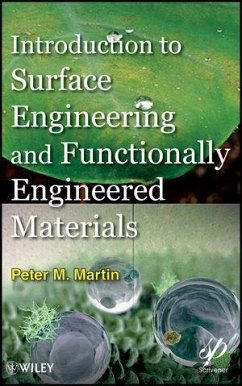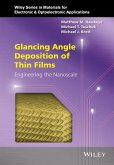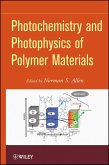This book provides a clear and understandable text for users and developers of advanced engineered materials, particularly in the area of thin films, and addresses fundamentals of modifying the optical, electrical, photo-electric, triboligical, and corrosion resistance of solid surfaces and adding functionality to solids by engineering their surface, structure, and electronic, magnetic and optical structure. Thin film applications are emphasized. Through the inclusion of multiple clear examples of the technologies, how to use them,and the synthesis processes involved, the reader will gain a deep understanding of the purpose, goals, and methodology of surface engineering and engineered materials.
Virtually every advance in thin film, energy, medical, tribological materials technologies has resulted from surface engineering and engineered materials. Surface engineering involves structures and compositions not found naturally in solids and is used to modify the surface properties of solids and involves application of thin film coatings, surface functionalization and activation, and plasma treatment. Engineered materials are the future of thin film technology. Engineered structures such as superlattices, nanolaminates, nanotubes, nanocomposites, smart materials, photonic bandgap materials, metamaterials, molecularly doped polymers and structured materials all have the capacity to expand and increase the functionality of thin films and coatings used in a variety of applications and provide new applications. New advanced deposition processes and hybrid processes are being used and developed to deposit advanced thin film materials and structures not possible with conventional techniques a decade ago. Properties can now be engineered into thin films that achieve performance not possible a decade ago.
Virtually every advance in thin film, energy, medical, tribological materials technologies has resulted from surface engineering and engineered materials. Surface engineering involves structures and compositions not found naturally in solids and is used to modify the surface properties of solids and involves application of thin film coatings, surface functionalization and activation, and plasma treatment. Engineered materials are the future of thin film technology. Engineered structures such as superlattices, nanolaminates, nanotubes, nanocomposites, smart materials, photonic bandgap materials, metamaterials, molecularly doped polymers and structured materials all have the capacity to expand and increase the functionality of thin films and coatings used in a variety of applications and provide new applications. New advanced deposition processes and hybrid processes are being used and developed to deposit advanced thin film materials and structures not possible with conventional techniques a decade ago. Properties can now be engineered into thin films that achieve performance not possible a decade ago.








